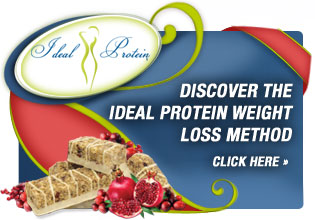By Nina Nethery
www.LoCarbDiner.com
Great news about avocados! The California variety is low in carbohydrates and high in healthy fats! They are also packed with vitamins, minerals and powerful antioxidants.
Most of the avocados sold in the United States come from California or Florida. The California Haas are smaller with a pebbly skin in dark green to purplish-black; the Florida Fuertes are larger and have smooth, bright green skin. The Haas have a rich buttery texture and deep flavor while the Fuertes have less fat and more water for a blander flavor.
It’s important to know which variety you are buying! The Haas avocados have about half the Net Effective Carbs and are higher in iron, folate and vitamin E than the Fuerte variety.
Carb-conscious dieters know that carbohydrates in the form of fiber are not counted as “Net Carbs” – the carbs that interfere with weight control. Half of a Haas avocado has 6 grams of Total Carbohydrate, but the 4.2 grams of fiber brings the Net Carbs down to just 1.7 grams. There are also 1.8 grams of protein, 153 calories and 15 grams of “good” fats. Plus, you’ll gain significant amounts of folate, vitamin A, vitamin E (more than any other fruit), potassium, iron, magnesium, copper, vitamin B6, and riboflavin. Induction dieters are encouraged to enjoy half a Haas avocado every day!
Avocados are also rich in phytochemicals. They are highest of all fruits in lutein, a carotenoid that fights macular degeneration; in glutathione, an antioxidant that neutralizes free radicals and can help prevent cancer; and in beta sitosterol which helps to lower blood cholesterol levels.
Avocados should be ripened at room temperature. Check ripeness by pressing near the stem end. If the avocado gives slightly, it's ripe enough to slice or chop. If it dents, it's too ripe to slice but perfect for mashing. Ripe avocados can be refrigerated.
To remove the pit and skin, first cut the fruit in half and twist the halves to separate them. Then score the skin in several places and peel off the strips. If the pit can’t be scooped out with a spoon, try hitting it hard with the blade of a sturdy knife so the blade penetrates it. Twist the knife gently to lift out the pit.
Avocados don't take well to heat, so avoid any recipes that would cook them. It's okay to heat them gently, however, such as for an omelet filling. To keep exposed avocado from discoloring, mix in or brush on lemon or lime and keep covered with plastic wrap.
When your avocados are ripe enough to cut, try avocado cubes instead of croutons in a tossed salad or bean soup. Arrange slices over broiled flounder or snapper. Serve halved avocados drizzled with 1/2 teaspoon of balsamic vinegar.
When your avocados are too soft to slice, use mashed avocado in lieu of mayonnaise. Blend half an avocado with 1/2 cup of your favorite vinaigrette for a creamy dressing. For quick and yummy guacamole, stir a little drained salsa into mashed avocado.
Note: Much of the information for this article came from the Atkins Center website, www.Atkins.com. Please visit this site for more information. LoCarbDiner.com is a certified Atkins Retail store.
|
|

